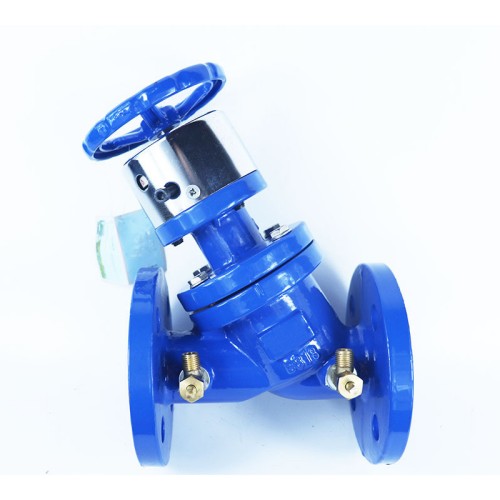Pressure Regulating Valves for Residential Use and Their Importance in Home Plumbing Systems
Understanding Pressure Reducing Valves for Home Use
In modern homes, a well-functioning plumbing system is essential for comfort and convenience. One critical component that often goes unnoticed is the pressure reducing valve (PRV). This device plays a vital role in maintaining safe and consistent water pressure throughout a home. Understanding how a PRV works and its benefits can help homeowners appreciate its importance in their plumbing systems.
What is a Pressure Reducing Valve?
A pressure reducing valve is a plumbing device designed to reduce the incoming water pressure from a municipal water supply or well system to a safe, manageable level for residential use. Typically, municipal water supplies deliver water at high pressures, which can range from 60 to 100 psi (pounds per square inch). This pressure is often too high for household plumbing systems, leading to potential damage and inefficiencies. The PRV addresses this issue by lowering the pressure to a range of 40 to 60 psi, which is ideal for most residential applications.
How Does a Pressure Reducing Valve Work?
The operation of a pressure reducing valve is based on simple mechanical principles. It typically consists of a spring-loaded diaphragm. When high-pressure water enters the PRV, it pushes against the diaphragm, which then moves to allow a controlled flow of water out of the valve at a lower pressure. Most PRVs also come with adjustment screws that allow homeowners or plumbers to customize the output pressure to meet specific needs.
The valve continuously monitors incoming pressure and automatically adjusts its position to maintain a consistent output. This feature not only helps in maintaining the desired pressure but also ensures longevity for plumbing fixtures and appliances, reducing the risk of leaks and bursts due to excessive pressure.
Benefits of Installing a Pressure Reducing Valve
pressure reducing valve for home

1. Protection of Plumbing Fixtures One of the primary benefits of installing a PRV is the protection it offers to plumbing fixtures, pipes, and appliances. High water pressure can cause wear and tear over time, leading to leaks, pipe bursts, and damage to appliances like washers, dishwashers, and water heaters. By maintaining an optimal pressure level, a PRV extends the lifespan of these components.
2. Improved Water Flow A PRV can enhance the overall water flow in a home. By eliminating fluctuations in pressure, homeowners can enjoy a steady and reliable flow of water from faucets, showers, and irrigation systems. This leads to a more enjoyable user experience and prevents inconveniences from sudden pressure changes.
3. Water Conservation Using a PRV can contribute to water conservation efforts. High water pressure can lead to excessive water use, whether through leaks or inefficient appliance operation. By regulating pressure, a PRV helps minimize unnecessary water wastage, aligning with sustainability goals.
4. Energy Efficiency Household appliances that operate on water, such as water heaters, can become more energy-efficient when pressure is regulated. Lower pressure reduces the workload on these systems, which can lead to energy savings on utility bills.
5. Cost-Effective Solution While there is an upfront cost associated with purchasing and installing a PRV, the long-term savings in repair costs, water bills, and increased lifespan of plumbing fixtures make it a cost-effective solution.
Conclusion
In summary, pressure reducing valves are essential components of a home's plumbing system. By regulating water pressure, they protect plumbing fixtures, enhance water flow, and contribute to water conservation and energy efficiency. Homeowners should consider installing a PRV, especially if they live in areas with high municipal water pressure. Consulting a qualified plumber can help determine the right type and size of PRV needed for specific plumbing systems. Investing in a pressure reducing valve is a smart decision for any homeowner looking to improve the health and efficiency of their plumbing while ensuring comfort and convenience at home.
-
The Key to Fluid Control: Exploring the Advantages of Ball Valves in Industrial SystemsNewsJul.09,2025
-
The Versatile World of 1, 2, and 3 Piece Ball ValvesNewsJul.09,2025
-
Stainless Steel Ball Valves: The Ideal Choice for Efficient Flow ControlNewsJul.09,2025
-
Optimizing Fluid Control with Ball Float ValvesNewsJul.09,2025
-
Manual Gate Valves: Essential for Control and EfficiencyNewsJul.09,2025
-
Everything You Need to Know About Butterfly ValvesNewsJul.09,2025
-
The Versatility of Wafer Type Butterfly ValvesNewsJul.08,2025




